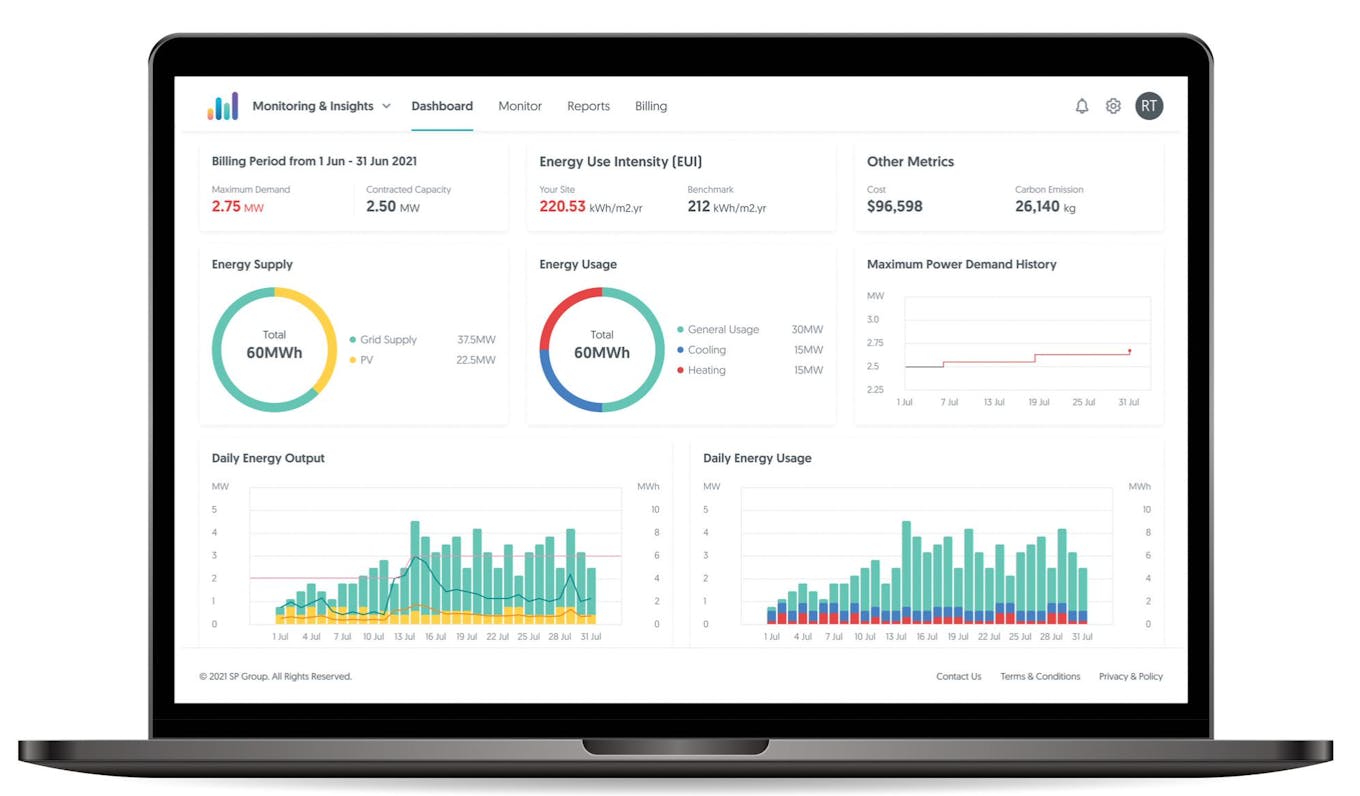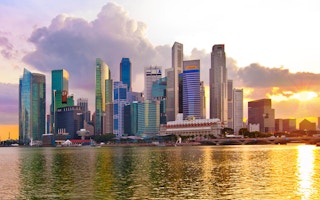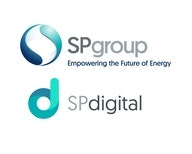The built environment contributes to 39 per cent of the world’s energy-related carbon emissions worldwide, according to data from the World Green Building Council, and the sector is coming under increasing pressure to advance its sustainability agenda. But do building managers have the right resources to lower their carbon footprint and meet their sustainability ambitions as the sector continues to grow?
In Singapore, a high-urbanised tropical citystate, buildings are responsible for more than 20 per cent of carbon emissions. Earlier this year, new ambitious sustainability targets were set for the built environment under the Singapore Green Building Masterplan. Dubbed “80-80-80 by 2030”, the masterplan, which was developed by the Building and Construction Authority (BCA) and the Singapore Green Building Council, as well as industry stakeholders, outlines three broad targets: to green 80 per cent of buildings by gross floor area; for 80 per cent of new buildings to be super low-energy (SLE); and for buildings to have an 80 per cent improvement in energy efficiency.
These targets strike the balance of being aspirational yet realistic, bearing in mind existing constraints, said Benjamin Towell, deputy director at the BCA. “We can’t change the national grid because that is not under the purview [of the BCA], so based on where we are today, we thought about what sort of targets we could set for the majority of buildings to achieve by 2030 — not just the ones who have attained platinum or gold plus status under the Green Mark Certification Scheme [Singapore’s green building rating system].”
A long and winding road to net-zero
To help Singapore achieve its national climate ambition of achieving net-zero as soon as is viable after 2050, a multi-pronged approach needs to be considered. For existing buildings, it could mean coming up with ways to reduce current energy consumption even as plans are put in place to retrofit them with additional features like renewable energy sources or sustainable design elements.
But while developers grapple with the complex challenges of building new SLE structures, there is a lot that owners and managers can do in the meantime to reduce the carbon footprint of existing buildings. This also aligns with the World Green Building Council’s approach of taking a reduction-first, outcomes-based approach towards decarbonisation, as outlined in its Net Zero Carbon Buildings Commitment.
The low-hanging fruit is utility usage. With Singapore’s tropical climate, air-conditioning may seem like an obvious energy expense that building owners have to grapple with, especially with temperatures set to rise globally, but there are other aspects of a building’s energy consumption to take into consideration when thinking about effective decarbonisation, pointed out Chang Sau Sheong, chief executive of SP Digital, the digital arm of SP Group, a leading utilities group in Asia Pacific that is empowering the future of energy with low carbon, smart energy solutions.
Energy requirements — not to mention the use of water — can differ markedly from building to building, depending on whether it is used for commercial or industrial purposes. For some structures, along with air-conditioning, lighting and the operation of escalators may also contribute to a significant portion of energy use.
Taking a data-driven approach
With the plethora of factors involved in reducing overall carbon emissions, how will building owners know whether they are on track to meeting the new guidelines under the Singapore Green Building Masterplan? It starts with understanding basic utility consumption patterns, said Chang, and that’s where SP Digital’s GET (Green Energy Tech) Insights comes in.
For building owners who are looking to monitor and optimise their utilities usage, GET Insights is a dashboard that helps identify inefficiencies and cost saving opportunities by providing an integrated look at energy use within a building or premise, using data sources such as existing meters and energy management systems, or through the installation of extra sensors.
This tool represents a huge improvement over the traditional method of utilities consumption, where building owners typically receive a bill at the end of the month, but are not privy to more detailed information, such as whether the bulk of energy consumption comes from air-conditioning or some other source.

GET Insights dashboard [click to enlarge]. Image: SP Digital
GET Insights takes the guesswork out of figuring out energy consumption patterns, drilling down to details like a particular floor or unit, and even common areas. “In the past, when energy prices were low, specific information about a building’s electricity consumption may not have mattered so much to building owners and managers,” says Chang.
“Now, building owners may face more pressure from tenants, their parent company or regulators to lower utility consumption and costs. GET Insights can provide that much needed clarity on the use of electricity and water. When the data is collected over a long enough period, building owners will be able to figure out consumption patterns and detect any anomalies in water or electricity use. Once they have figured out the root cause of the anomaly, they can take the right action to make their operations more efficient,” he says.
For companies with net-zero aspirations, GET Insights can also optimise the use of onsite renewable energy sources like solar and batteries by keeping demand in check and striving for greater energy efficiency.
A tool like this could also be beneficial for operations managers who are trying to move the needle on sustainable operations, but are struggling to get stakeholder buy-in. “At the very least, GET Insights simplifies the task of reporting energy consumption for compliance purposes,” says Chang. “But when the data is available, business owners will quickly see the benefits and cost savings, and this will motivate them to make the necessary changes.”
With time pressure a key challenge cited by property developers, solutions such as GET Insights will help keep track of sustainability targets as they build for a new era of low-carbon construction. For Singapore’s building industry to achieve the 2030 vision outlined in the Singapore Green Building Masterplan, it is critical that the industry reviews its practices and policies with a “sustainability first” mindset, says Chang. “And that starts with accurate, comprehensive and accessible data,” he says.














